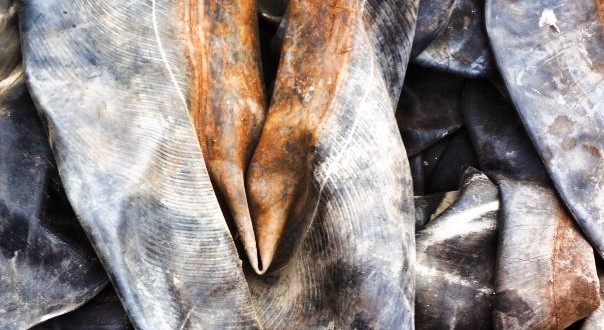COMPRESSING Doing artist as doing gender: artist identity constitution in the wake of vocational troubling [and trauma]
There is a trend that visual artists’ who enact an undoing, a troubling, [1] of conventions in their work—whether through materiality, form, process, presentation, subject matter, or theme—also have a writing practice. I believe this practice arises to counter identity destabilization resulting from a vocational mode that hinges on troubling.[2] As a part of a vocational impetus, process, product and positioning that engages with troubling, the artist’s tweaking of citational conventions[3] loosens the social regulations that allow the artist to continually locate and substantiate herself as recognizable—socially viable.[4] Thus an artist, like the transgendered, is likely to find that her personhood via practice, her being via doing, does not conform unambiguously to normalized cultural conventions.[5], [6]
Transgender congruence is the sense of stabilization that manifests from a performative reconfiguration of the self as recognizable and acceptable—internally normalizing the unconventional as genuine, authentic and a viable category.[7] I believe the artist’s writing practice has an identity congruency function in renegotiating, generating and maintaining the artist’s sense of self in light of their particular unconventional art habits. In other words the act of writing, like other stylized repetitive acts, assists in resolving the illusion of a stable identity category from which the artist may find ground to continue her particular forms of doing.[8]
I am proposing an initial probing of parallels that exist between doing gender and doing artist, specifically around the concepts of troubling and transgender. Terminology of being and doing artist will be recast in light of Judith Butler’s notions of troubling, gender regulation, production, resistance and subversion as they relate to performativity, transgender and gender constitution. It is my hope that this will provide a framework from which to understand artist identity constitution and vocational convention confrontation as they relate to possible functions of the trans-genre practice of seminal/germinal visual artists that write and make.
[1] From my readings and misreadings of Judith Butler’s texts Gender Troubling (1990) and Undoing Gender (2004), I have arrived at the following working definition for troubling:
Troubling is the experiential destabilization of X* as a result of an apparent incomplete, incompatible or nonfunctional relational alignment of X with a perceived “reality” construct.
*With X functioning as person, place, thing or practice (action)
[2] Vicki Kirby, “Gender, Sexuality, Performance — Gender Trouble; Feminism and the Subversion of Identity,” in Judith Butler: Live Theory (London: Continuum, 2006), 20.
[3] Mark Batey and Adrian Furnham, “Creativity, Intelligence, and Personality: A Critical Review of the Scattered Literature,” Genetic, Social, and General Psychology Monographs 132, no. 4 (2006): 359, doi:10.3200/mono.132.4.355-430.
[4] Judith Butler, Undoing Gender (New York: Routledge, 2004), 4, 14, 35.
[5] ,Ibid, 6.
[6] Richard Jenkins, Social Identity, 3rd ed. (London: Routledge, 2008), Ch 2.
[7] Kozee, H. B., Tylka, T. L., & Bauerband, L. A. (2012). Measuring transgender individuals’ comfort with gender identity and appearance: Development and validation of the Transgender Congruence Scale. Psychology of Women Quarterly, 36, 179-196. doi: 10.1177/0361684312442161
[8] Judith Butler, Gender Trouble: Feminism and the Subversion of Identity (New York: Routledge, 1990), 140.
0












